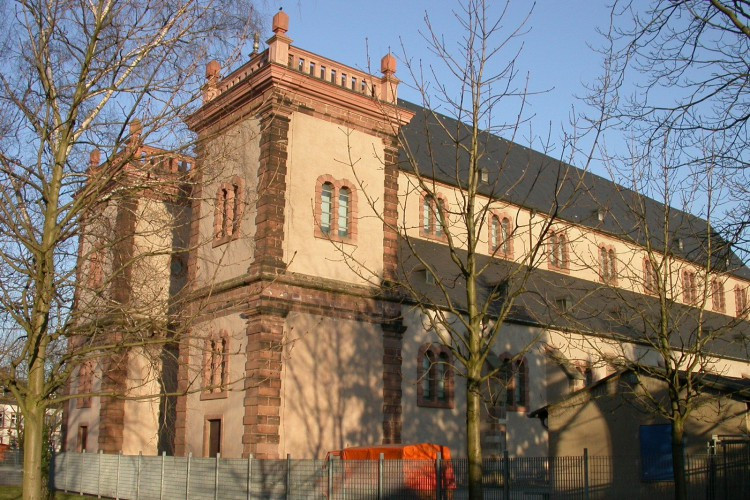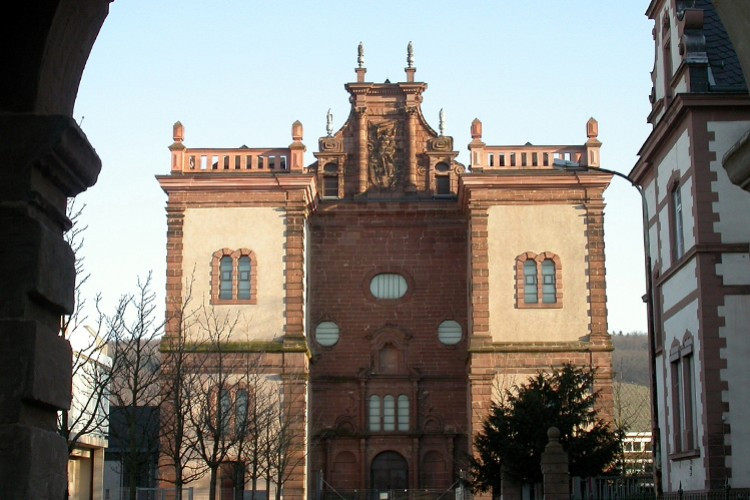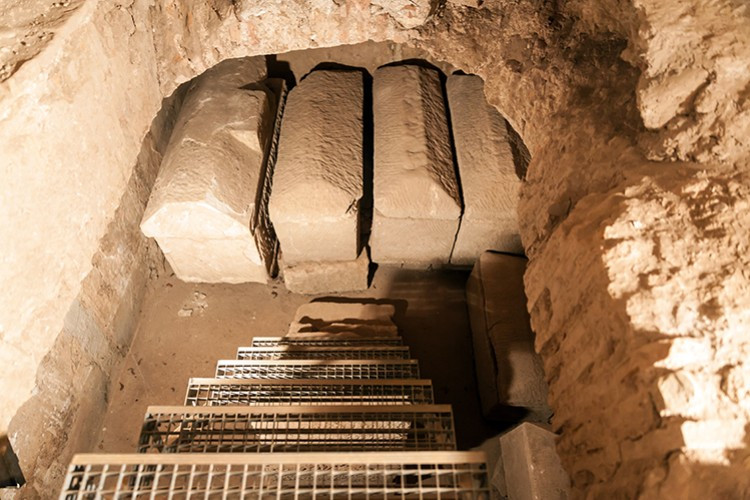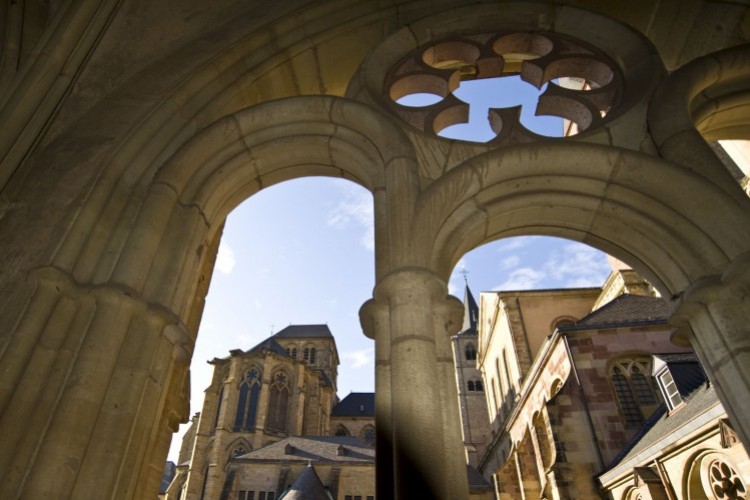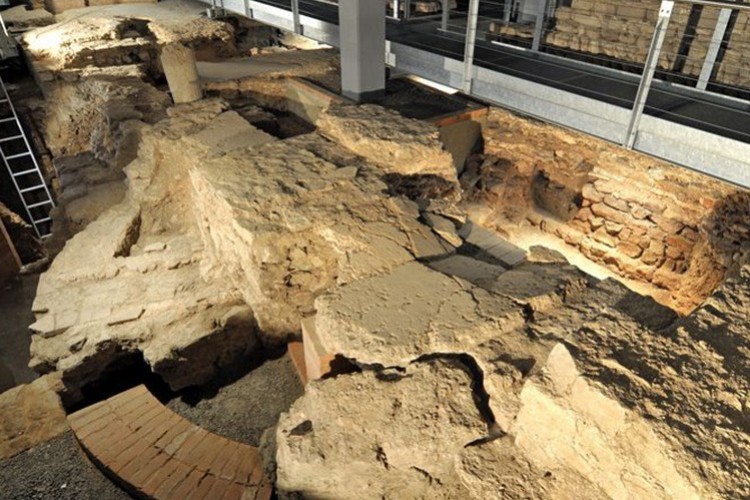St Maximin’s was destroyed and rebuilt on several occasions, including after the devastating Norman invasion of 882, and the invasion by French troops in 1674. But all the efforts in the world could not protect the abbey: Some 100 years after even private individuals had loaned and donated sizeable amounts for its reconstruction, St Maximin’s was secularised in 1802 and converted into a barracks – a case of misuse which befell several church buildings at the time, and which thus sparked fewer discussions than the decision to convert the former abbey church into a gymnasium and multi-purpose facility in 1979. This saw the church regain its original interior, which had incurred various fittings and installations during its time as a barracks. And as such, it also regained its incredible acoustics, which can be experienced at selected concerts during the Moselle Music Festival.
A must for: Water rats, raindancers and bear-tamers. These are the people for whom St Maximin is patron saint.
Antiquity: 20%
Concert enjoyment: 30%
Sarcophagi: 70%
PSSSST! THE INSIDER TIP:
The ancient burial ground beneath St Maximin’s is once again accessible, and may be visited by smaller groups of up to 16 people. The oldest of the some 1000 sarcophagi here date back to the 2nd century, and several were used as foundations for the present-day church. The atmosphere under St Maximin’s is unique – nowhere else in the city can you so closely trace a burial tradition spanning up to 1900 years.
Opening hours
Contact
Maximinstraße 18
54292 Trier
www.st-maximin-trier.de/abteikirche/fruehere-abteikirche
Rental requests for St. Maximin should be addressed by e-mail to st.maximin@bistum-trier.de

